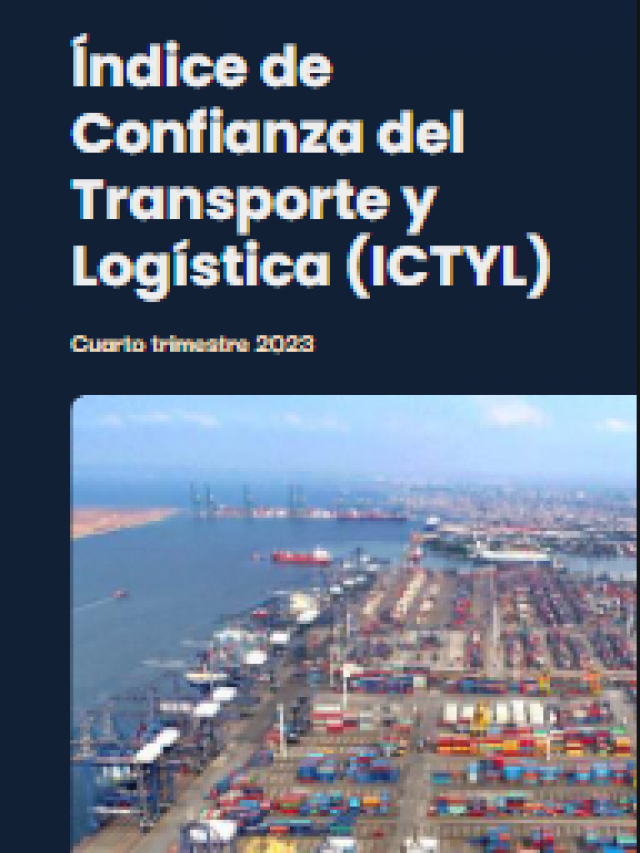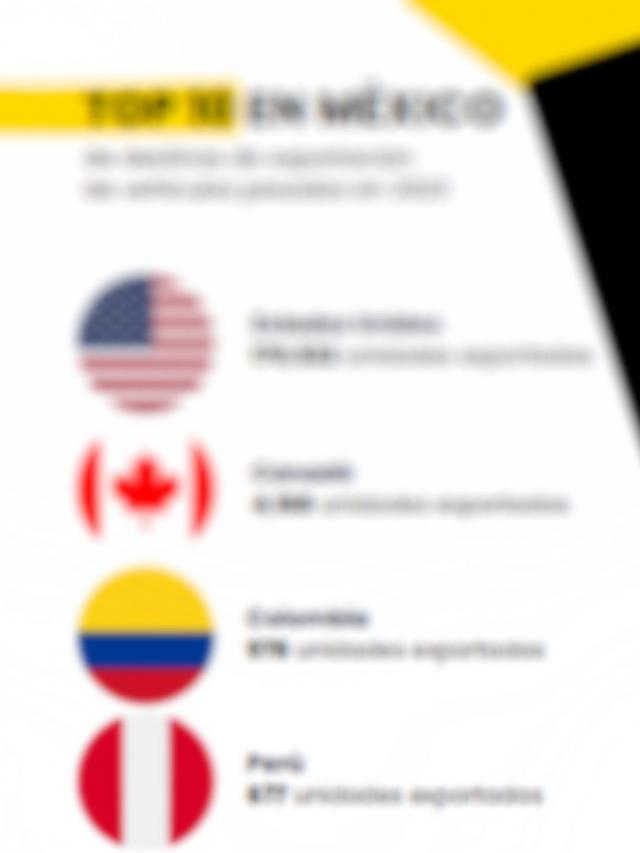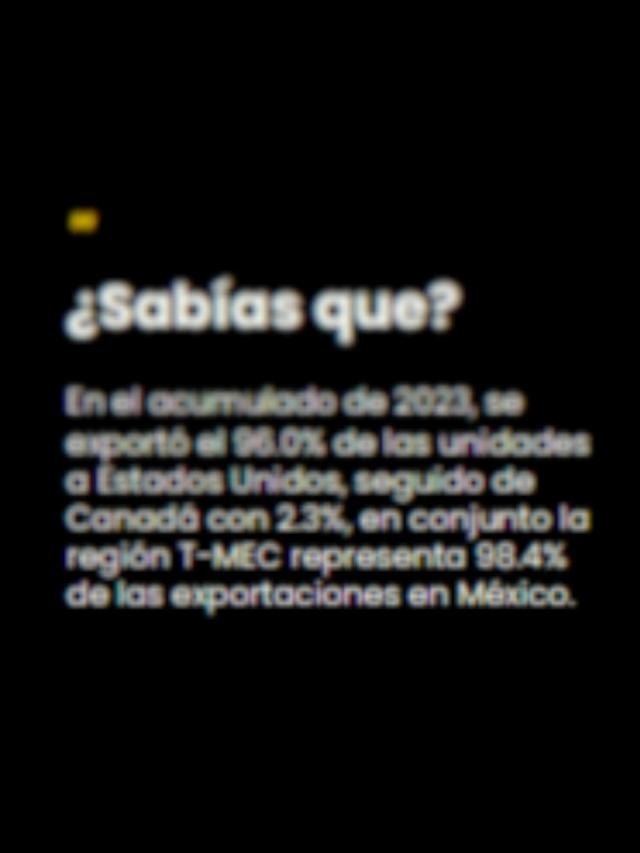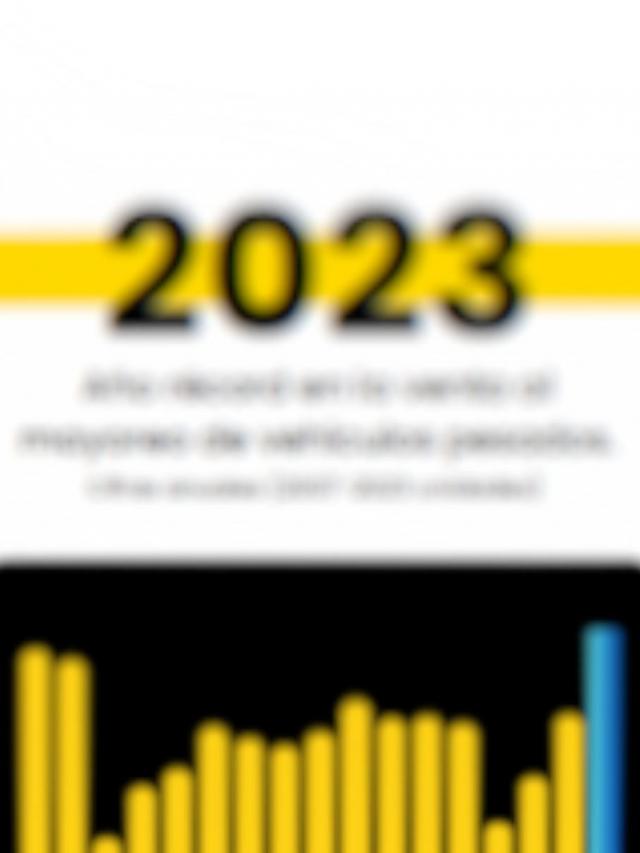
When it comes to celebrating love on Valentine’s Day, February 14, air transport plays a key role. From chocolates that sweeten the date, to happy reunions at airports, to flowers that cross continents, “aviation connects hearts and makes it possible for every gift to arrive on time.”
“The value of air-freighted flower trade has increased dramatically, from $852 million in 2003 to $3.7 billion in 2024, a growth of 334.2 percent. As this market has grown, there has been a notable shift and concentration among its participants,” the International Air Transport Association (IATA) said .
He said that in 2003, the United States, the United Kingdom and Germany dominated imports , with 66.3%, 12.1% and 4.4% respectively. By 2024, the United States imported 53.6% of the total , followed by the Netherlands with 31.2%, a major distribution centre for flower re-exports, and the United Kingdom, now far behind, with 5.5 percent.

Colombia was the leading exporter in 2003 , with a market share of 50.2 percent, followed by Ecuador with 16.2 percent, and the Netherlands with 8.9 percent. “Since then, Colombia has fallen back to 42.3 percent. The Netherlands has been dropped from the list in favor of expanding market shares by Ecuador and Kenya, as well as newcomer Ethiopia,” the agency said.
“Two key factors contributed to this shift. First, trade agreements reduced tariffs and barriers, increasing exports and opening markets for developing nations. Second, advances in air cargo, including improved refrigeration and logistics, ensured that flowers remained fresh and enabled uninterrupted global distribution of large volumes on time,” he said.
For its part, the Latin American and Caribbean Air Transport Association (ALTA) said that more than 25 thousand tons of flowers took off from Latin America to the United States and only from Colombia and Ecuador there are nearly 1,500 cargo flights dedicated only to this “fresh gift.”
He said Miami is the main gateway, receiving an average of 22 million flowers a day since mid-January, four times more than in other months.
While Colombia exports 92% of its flowers through more than 10 airlines, the logistics cost of air transport for the export of flowers on Valentine’s Day is estimated at 500 million dollars.
Starting on January 16 and for 21 days only, LATAM Cargo has been working on engineering work to ensure that millions of flowers – including carnations, chrysanthemums, hydrangeas, alstroemerias and lilies – arrive fresh and intact to markets around the world.
“94% of the flowers we exported were destined for the United States. The remaining percentage was distributed between shipments to Amsterdam, in the Netherlands, and to countries in our region. In total, this season we transported nearly 25 thousand tons of flowers from Colombia and Ecuador. This is thanks to a fleet of 21 cargo planes, whose work we reinforced with the leasing of three more aircraft,” said Roberto Alvo, CEO of LATAM Airlines.
To achieve these results, he mentioned that frequencies were increased from Bogotá and Medellín to 36 flights a week, which for these dates double to 70. The same with Quito, from 24 to 56 weekly flights.
ALTA also noted that approximately 15% of the world’s cocoa is produced in Latin America and the Caribbean. In February 2024, Brazil, Colombia and Mexico exported chocolate and cocoa products worth 96.2 million dollars.

Brazil led air exports of chocolate and cocoa products in the region, sending 28 tons by air, the highest amount in the year. This volume marked a seasonal peak, as between January and February the export value grew by 457%, reaching 514,247 dollars.
Compared to the annual average for 2024, air exports of chocolate in February increased by 200% according to UN Comtrade.
Comment and follow us on X: @evandeltoro / @GrupoT21















